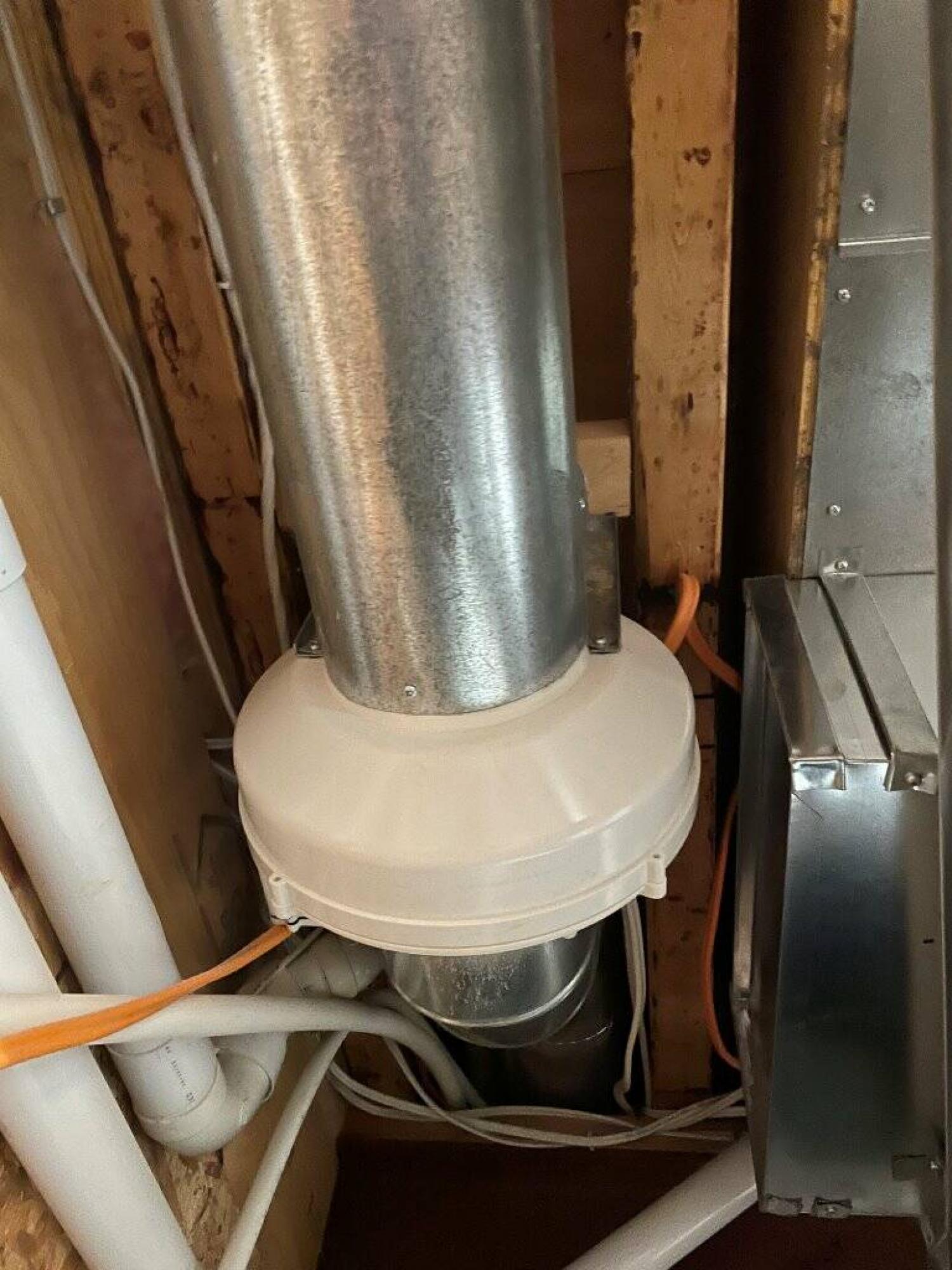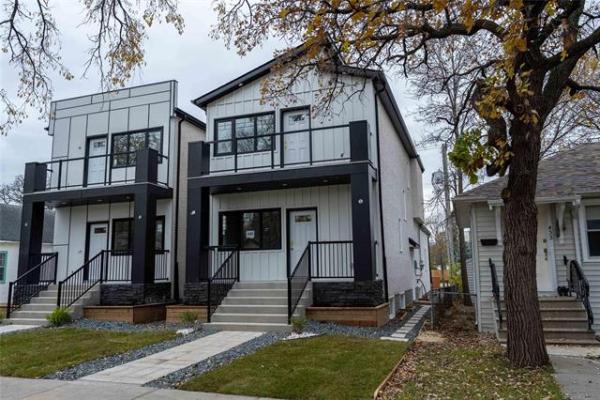
Question: I am the original owner of a bungalow, built in 2004, with no HRV system. But I have one of these fans in my home that was installed by the builder. No instructions were ever found and most contractors I have had over the years could never really explain what it was good for, or if any servicing was needed on it. I use it in the winter to remove humidity, but I don’t know if it is effective. It does make a humming noise when it kicks on. All my neighbours in my neighbourhood also have them, as it was popular in the early 2000’s. I hope you can tell me what I should do with it.
Thanks for the response, Jr denBrok.
Answer: The mystery device in your basement is a central exhaust fan that should have an intake register in all bathrooms and other possible locations of high moisture in your home. There may be a central control, which should be used in the heating season, but certainly it will have manual controls in each bathroom. It is critical that these should be used each time anyone takes a shower or bath, just like the older style individual units.
I find it interesting that you have lived in your current home for all this time without a good explanation for the function of this simple device. I am further amazed that several contractors you mention have also not been able to give you a straightforward answer. You may have been using it correctly, at least partially, for many years without this knowledge. I am sure that you have previously lived in a home, or multi-family dwelling, that had individual bathroom exhaust fans that were turned on with a simple switch or timer. When in use, those should have exhausted humid bathroom air outside through ducts in the attic or walls. Your current device is simply a single unit that replaces all of the others, connected by multiple registers and ducts located in several locations throughout your home. This central exhaust fan will vent air outside through a single duct, terminating in a vent hood, normally located outside or just above your foundation.
There should be a switch, similar to a light switch, inside or just outside the door of each bathroom in your home. Turning this to the ON position should energize the central fan, which accounts for the humming noise. Alternatively, there may be automatic timed switches, which will have a rotary dial or several buttons with various times printed next to them. Turning these to the desired length of time will engage the fan and shut it off when that period is exceeded. I would be very surprised if you, and the other members of your household, have not done this regularly even without knowing the exact mechanism of the removal of the steamy bathroom air.
The one portion of this exhaust system that is more complex, which may or may not be present in your house, is a central control. It normally takes the form of a rectangular box with a rotary dial, usually located near the furnace thermostat. This device, often called a dehumidistat, should have numbers relating to percentages of relative humidity (RH), or a “comfort zone”, along with an on and off notation at various points along the dial. If it is the numerical type, you should rotate this to the desired RH inside the home during the heating season. The rest of the year it should be set to off. During the warmer months, when you are either using your air conditioning or have your windows open, it does not need to function. The fan can easily be manually turned on by any of the switches in the bathrooms, which should be used year-round.
When the weather cools significantly, and you turn your furnace on, that is the time to use the dehumidistat. For temperatures near or above freezing, a setting between 30 and 40 per cent RH should be sufficient. When winter is in full swing, with outside temperatures well below freezing, a setting of 30 per cent plus or minus 5 should be employed. On the coldest days, turning the dial below 30 may be required, and slightly above as spring approaches. This may make the indoor air feel very dry, but that is what is required to prevent excessive condensation on your windows, and mould growth in areas of poor air circulation.
Your central exhaust fan typically should work well for many years without any maintenance, other than periodically cleaning the inside registers and the vent hood at the exterior. If it becomes overly noisy or whining, then it is nearing the end of its life. Replacement by a licensed HVAC contractor should be quite simple. The other integrated component of this system should be a fresh air intake duct, often connected to the return air ducting for your furnace. This is normally insulated and connected to an additional vent hood outside the foundation wall. The purpose of this duct is to bring in dry, fresh air from outside to replace the stale, damp air expelled by the central fan. This should work automatically because the exhaust fan depressurizes the air inside the home when in use, drawing in higher pressure outside air.
The simple explanation for the humming fan in your basement is that it is a transitional ventilation device between older, individual bathroom exhaust fans and a modern HRV. It minimized the requirement for installation of multiple fans and allows for installation of a central control, as well as zonal bathroom controls, for good moisture management of your indoor house air.
Ari Marantz is the owner of Trained Eye Home Inspection Ltd. and a Registered Home Inspector (RHI)(cahpi.ca). Questions can be emailed to the address below. Ari can be reached at 204-291-5358 or check out his website at trainedeye.ca.
trainedeye@iname.com



